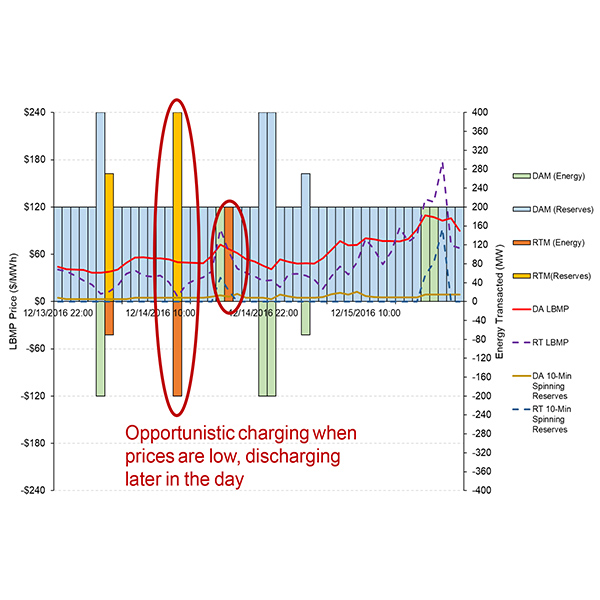ICAP demand curve reset (DCR)
The NYISO Business Issues Committee approved proposed tariff changes to allow energy storage resources co-located with a dispatchable generator behind a single point of interjection to participate in the markets.
Want more? Advanced Search

